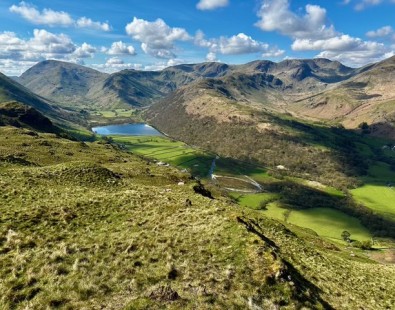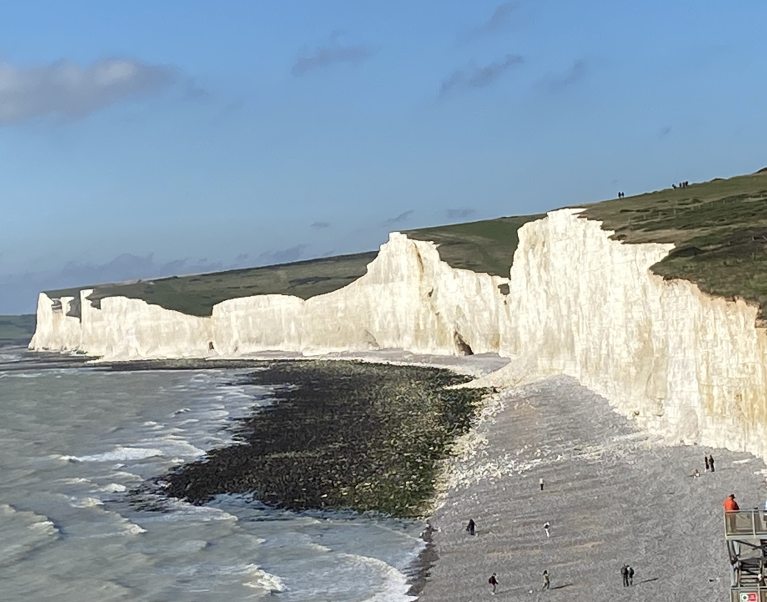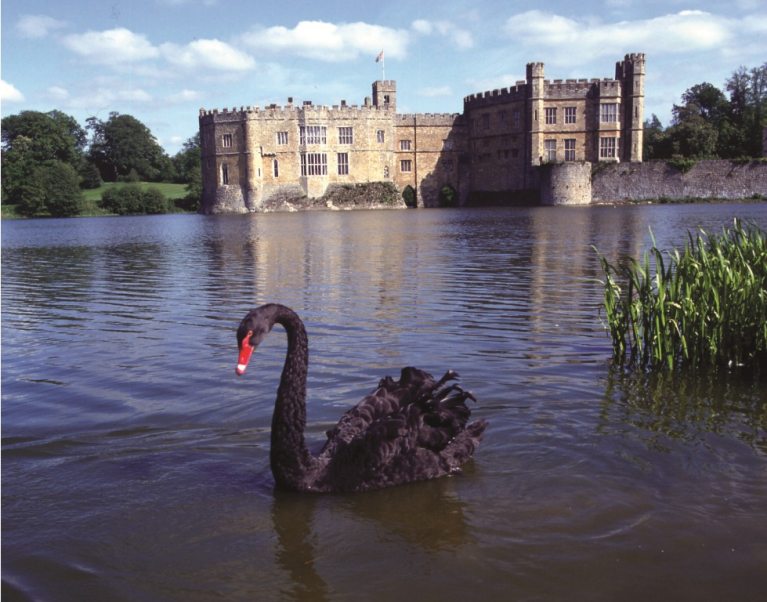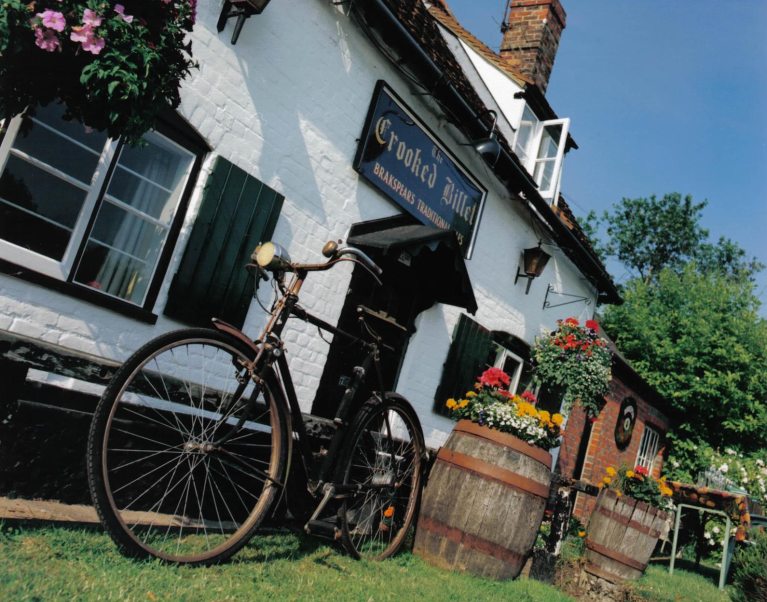Favourite Climbs for Spectacular Views
15th October, 2025
View from the top of Snowdon "© Hawlfraint y Goron / © Crown copyright (2025) Cymru Wales"
Favourite Climbs for Spectacular Views
There are few things in life more rewarding than a good view. Your legs ache, and you know you have worked hard to get there, but you can see for miles. From the rolling cliffs of the south coast to the rugged mountains of Scotland and Wales, Britain is home to dozens of sweeping vistas. Here are a few of our favourites.
Glencoe
Not only is Glencoe possibly the most famous spot for mountaineering in Scotland, but it is the site of one of the most notorious moments in Scottish history. In 1692, Scottish government forces massacred 30 members of Clan MacDonald, who had refused to swear allegiance to William of Orange, the new king of England, Scotland, and Ireland. In the dead of winter, almost one thousand soldiers blocked both ends of the valley, killed any MacDonald’s that they could find, and burned their homes. Today, the empty landscape is much as those soldiers left it. For something a bit cheerier, have a look at nearby Buachaille Etive Mòr – it is said to be the most photographed mountain in Scotland, presumably because it is just so perfectly mountain-shaped.
Helvellyn
Some of the prouder Scots and Welsh might tell you that there are no mountains in England, but the fells of the Lake District have some of the most famous, exciting, and relatively accessible climbs in the British Isles. Helvellyn is a more attractive summit than the taller Scafell Pike, and affords wide views of the whole of the national park on a clear day. One route up to the summit, Striding Edge, is not for the faint of heart, but is worth a go for the eerie glimpses of the misty Red Tarn off the sheer drop to the east. Nobody knows exactly what its lovely, lilting name means, but it is thought to have something to do with an old Celtic word for ‘yellow’. This would be an odd name for such a green mountain, raising questions about how exactly the ancient Britons saw colours.
Snowdon
West Wales is home to so many exciting climbs and awesome views, but Snowdon or Yr Wyddfa in Welsh - is the most famous. The towering mountain for which Snowdonia is named, provides tremendous views on a clear day, with a panorama taking in the mountains of Ireland and the Lake District, both more than 100 miles away. And, there are lots of ways to climb it, including the awesome knife-edge ridge, Crib Goch, or the stately Snowdon railway. However you choose to climb the summit, you can see the clear blue lakes (or llyns, pronounced ‘klins’). One of these llyns, Glaslyn, is said to be the resting place of Excalibur in Welsh legend.
Harlech
Not far south of Snowdon is the pretty seaside town of Harlech, home of the steepest street in the world - Ffordd Pen Llech. It is a bit of a pain for residents, as most people live at the bottom of the hill, and the post office and chemist are at the top, but it is worth it for the views of the Snowdonia in the far distance. The town’s castle was besieged by the House of York during the Wars of the Roses, and held out for seven years before it was finally captured. These events are commemorated in the Welsh folk song ‘Men of Harlech’, made famous by the classic war film Zulu. Luckily, the castle is much easier to get into today, across a ‘floating footbridge’ suspended over a narrow gorge.
Dinas Head
Further south in the Pembrokeshire Coast National Park, Dinas Head juts out into the Irish Sea. A somewhat strenuous part of the Pembrokshire Coast Path runs around the headland, but the views are well worth the hike. Not only are you guaranteed the dramatic spectacle of the waves crashing against the rocks more than 100 feet below, but on a clear day you can see all the way to Ireland – and if you are very, very lucky, you might see a dolphin. You will also likely spot charming choughs, playful grey seals, and the sort of hardy plants you might expect to find on a windswept headland.
Seven Sisters
Returning to England, there are more great sea views from the cliffs of the Seven Sisters in Sussex. The chalk white cliffs jut out of the rolling South Downs and into the English Channel. The long walk between Seaford and Eastbourne gives you plenty of gorgeous viewpoints, from the delicate floodplain of the pretty little River Cuckmere and the old-fashioned Beachy Head lighthouse to the great expanse of the English Channel from the tops of the cliff edge. It should be added that the Seven Sisters themselves are just spectacular to look at, like giant waves of rock cresting over the slatey North Atlantic.
Broadway Tower
An honourable mention goes to Broadway Tower on the northern edge of the Cotswolds. Not exactly a natural wonder (built by an eccentric earl in the 18th century), the small castle seems taken straight from a fairytale, complete with battlements and gargoyles. With only 73 steps, it is a considerably easier climb than some of the other viewpoints in this blog, and you can see straight over the broad fields of the Severn Vale, and into distant Wales. If there is anything more rewarding than a good view, it is probably a coffee and a cake – and Broadway Tower has a café at the bottom!
Posted by: Will Garbett
Tags: Cycling holidays, Don't miss, Hidden gems, History, Insider info, Luxury specials, Walking holidays





